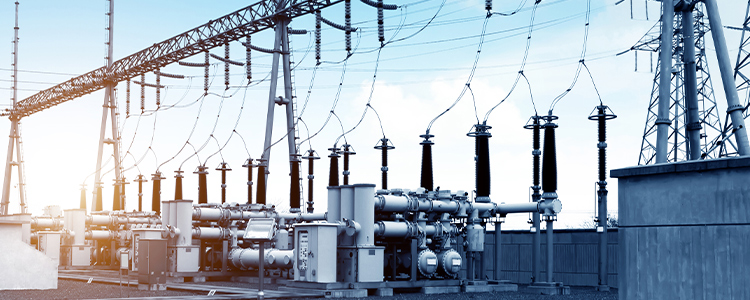- All
- Product Name
- Product Keyword
- Product Model
- Product Summary
- Product Description
- Multi Field Search


Views: 0 Author: Site Editor Publish Time: 2025-05-10 Origin: Site
Buchholz relay, also known as gas relay, it is a protective device used in oil immersed transformer, installed in the pipeline between the oil conservator (oil storage tank) and the oil tank of the transformer. When the oil decomposes and produces gas or causes oil flow surge due to internal faults of the transformer, the contact of the gas relay is activated, the designated control circuit is connected, and a alarm signal is promptly issued or the protective element is activated to automatically cut off the transformer.

Gas Relay Structure
Gas relay, as an indispensable safety device in the power system, has a sophisticated structure and critical functions. It mainly includes core components such as shell, baffle, float, and contacts. When the gas concentration reaches a certain threshold, these components will work together to trigger protection mechanisms, ensuring the safe and stable operation of the power system.
Installation Position of Gas Relay
The gas relay is an important part of non electric protection for the transformer, it is divided into 2 types: on load gas relay and body gas relay. Taking the body gas relay as an example, it is installed on the pipeline between the oil conservator and the main oil tank (with a slope of 1% - 1.5%), and reflects the changes in oil flow and oil level as secondary node to output to the non electric protection device. And its installation location is as follow:

Gas Relay Operation
There are different types of gas relay, such as float type, baffle type, and open cup type. Taking the float type gas relay as an example, it has two floating balls inside. Under normal operation, the gas relay is filled with oil inside, causing the balls to float, and the dry spring node located on the side of the balls is open. The following situations will trigger the operation of the gas relay:
1. The transformer has a minor internal malfunction, producing a small amount of gas that accumulates in the upper layer of the gas relay, as shown in the following figure:

Then the upper floating ball loses buoyancy and descends, relying on magnetic force to drive the nearby spring node to close and output a light gas alarm signal.
2. There is a serious short circuit inside the transformer, and the oil in the tank quickly rushes towards the oil conservator. The oil flow impacts the lower baffle inside the gas relay, which overwhelms the lower floating ball and drives the contact to close, outputting a heavy gas trip node.

3. When the transformer leaks oil severely, the decrease in oil level causes the lower floating ball to lose buoyancy and descend, driving the closure of the heavy gas node. This situation is inevitably accompanied by early warning signal of light gas.
4. When lightly pressing the test top pin on the upper part of the gas relay, it overwhelms the upper floating ball, outputting a light gas node; When lightly pressing the top pin, it overwhelms the lower floating ball, outputting a heavy gas node.

When the transformer appears a "light gas alarm" signal during operation, it is necessary to first check whether there is indeed gas accumulation inside the gas relay. If there is gas accumulation, checking whether the oil level of the oil conservator is normal, whether there is oil leakage, whether there is abnormal noise, etc. Alternatively, the heavy gas signal can be changed, and the gas inside the gas relay can be obtained through a gas collection box for analysis, in order to determine whether there is an internal fault. One possibility of gas accumulation under non fault conditions is that after the transformer is newly put into operation or the hood is suspended for oiling, the gas in the oil is not completely removed, and it continuously precipitates after being heated during operation, thus accumulating on the upper part of the gas relay. If there is no gas inside the gas relay, it should be considered as a false alarm caused by a secondary circuit problem.
content is empty!
content is empty!